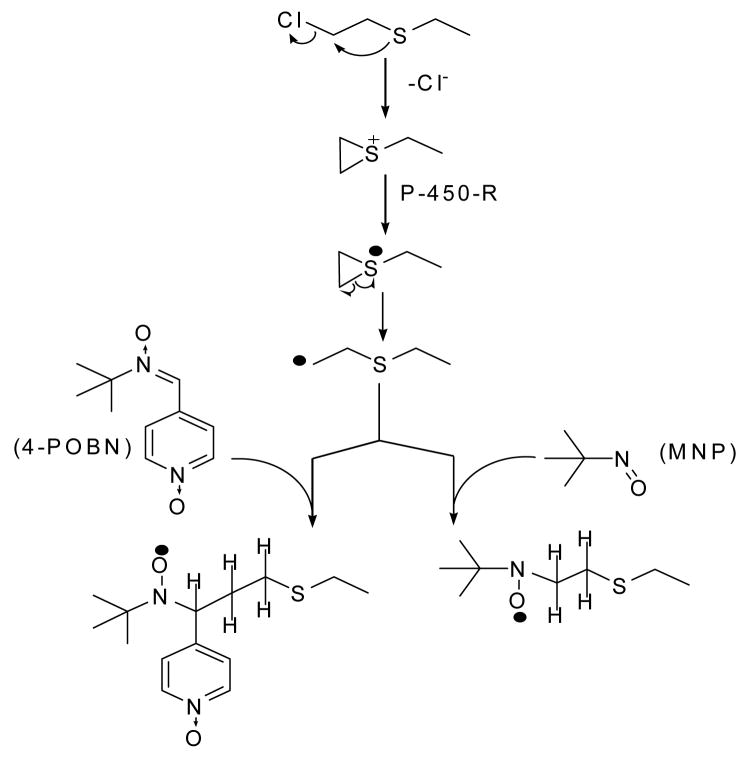Figure 7. The proposed pathway for the production of free radicals from chloroethyl mustards.
Figure 7 gives the structure of the free radicals formed from the interaction of the flavoenzyme reductases with chloroethyl mustards, and the structure of the spin adducts formed with the spin traps 4-POBN or MNP. The compound shown is chloroethylethyl sulfide. However, the process would be the same with any of the chloroethyl mustards including sulfur mustard.

